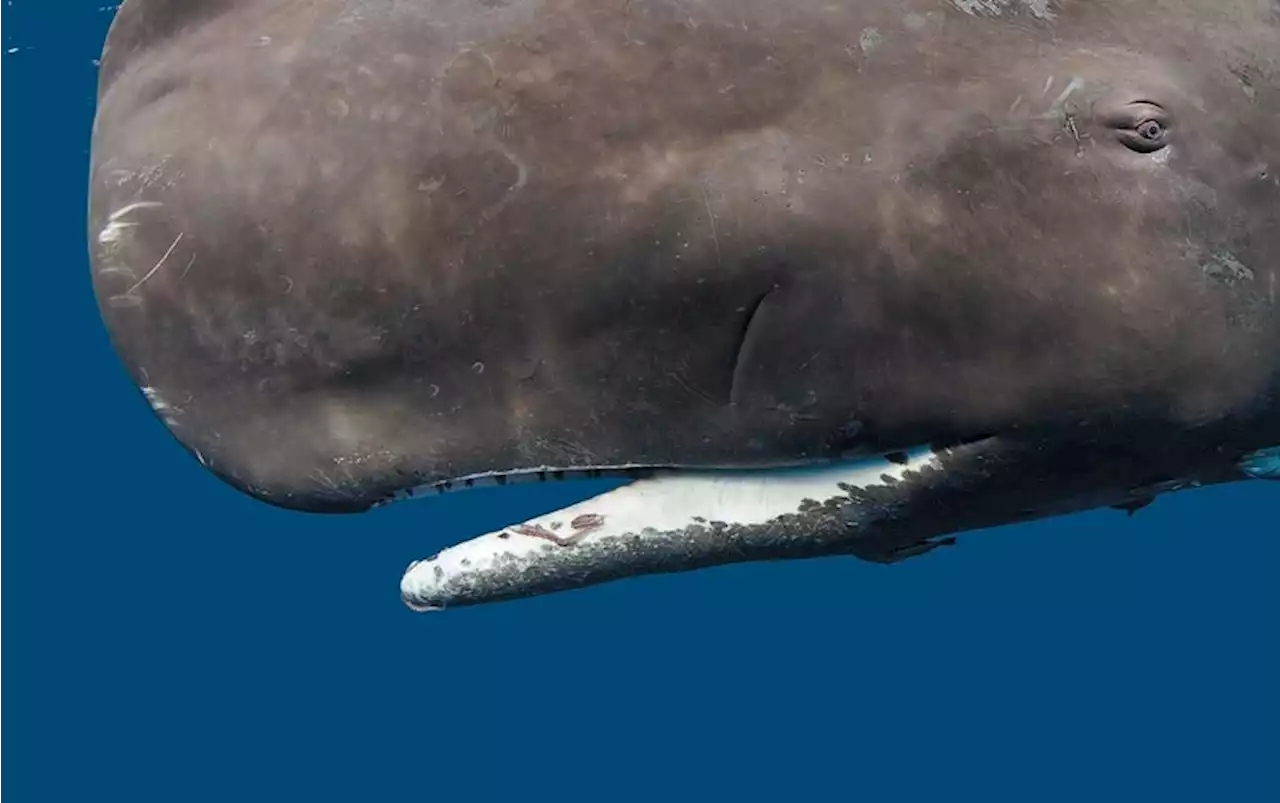Artificial intelligence (AI) can help plant scientists collect and analyze unprecedented volumes of data, which would not be possible using conventional methods. Researchers have now used big data, machine learning and field observations in the university's experimental garden to show how plants respond to changes in the environment.
Artificial intelligence can help plant scientists collect and analyze unprecedented volumes of data, which would not be possible using conventional methods. Researchers at the University of Zurich have now used big data, machine learning and field observations in the university's experimental garden to show how plants respond to changes in the environment.
Climate change is making it increasingly important to know how plants can survive and thrive in a changing environment. Conventional experiments in the lab have shown that plants accumulate pigments in response to environmental factors. To date, such measurements were made by taking samples, which required a part of the plant to be removed and thus damaged."This labor-intensive method isn't viable when thousands or millions of samples are needed.
With the support of UZH's University Research Priority Program "Evolution in Action," a team of researchers has now developed a method that enables scientists to observe plants in nature with great precision. PlantServation is a method that incorporates robust image-acquisition hardware and deep learning-based software to analyze field images, and it works in any kind of weather.
PlantServation also enabled the scientists to experimentally replicate what happens after the natural speciation of a hybrid polyploid species. These species develop from a duplication of the entire genome of their ancestors, a common type of species diversification in plants. Many wild and cultivated plants such as wheat and coffee originated in this way.
The project is an interdisciplinary collaboration with LPIXEL, a company that specializes in AI image analysis, and Japanese research institutes at Kyoto University and the University of Tokyo, among others, under the Global Strategy and Partnerships Funding Scheme of UZH Global Affairs and the International Leading Research grant program of the Japan Society for the Promotion of Science . The project also received funding from the Swiss National Science Foundation .
United States Latest News, United States Headlines
Similar News:You can also read news stories similar to this one that we have collected from other news sources.
 Cambridge Researchers Discover New Way To Measure Dark EnergyResearchers from the University of Cambridge have discovered a new way to measure dark energy – the mysterious force that makes up more than two-thirds of the universe and is responsible for its accelerating expansion – in our own cosmic backyard. The researchers found that it may be possible to
Cambridge Researchers Discover New Way To Measure Dark EnergyResearchers from the University of Cambridge have discovered a new way to measure dark energy – the mysterious force that makes up more than two-thirds of the universe and is responsible for its accelerating expansion – in our own cosmic backyard. The researchers found that it may be possible to
Read more »
 Artificial Intelligence Could Finally Let Us Talk with AnimalsAI is poised to revolutionize our understanding of animal communication
Artificial Intelligence Could Finally Let Us Talk with AnimalsAI is poised to revolutionize our understanding of animal communication
Read more »
 Researchers develop first method to study microRNA activity in single cellsResearchers have developed the first method to uncover the tasks that microRNAs perform in single cells. This is a huge improvement over existing state-of-the-art methods that require millions of cells and will for the first time allow researchers to study microRNAs in complex tissues such as brains.
Researchers develop first method to study microRNA activity in single cellsResearchers have developed the first method to uncover the tasks that microRNAs perform in single cells. This is a huge improvement over existing state-of-the-art methods that require millions of cells and will for the first time allow researchers to study microRNAs in complex tissues such as brains.
Read more »
 Britain Pitches Itself as an Artificial Intelligence Hub to the United NationsBritain pitched itself to the world Friday as a ready leader in shaping an international response to the rise of artificial intelligence.
Britain Pitches Itself as an Artificial Intelligence Hub to the United NationsBritain pitched itself to the world Friday as a ready leader in shaping an international response to the rise of artificial intelligence.
Read more »
 Researchers discover attempt to infect leading Egyptian opposition politician with Predator spywareCybersecurity researchers say a leading Egyptian opposition politician was targeted with Predator spyware after announcing a president bid.
Researchers discover attempt to infect leading Egyptian opposition politician with Predator spywareCybersecurity researchers say a leading Egyptian opposition politician was targeted with Predator spyware after announcing a president bid.
Read more »
